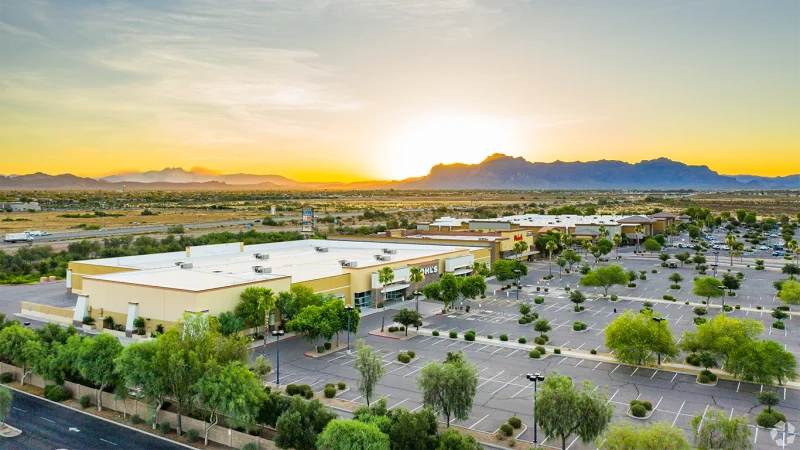The Monday Morning Quarterback; A quick analysis of important economic data released over the last week
By Elliott D. Pollack & Company
Economic data last week was generally better than expected, though expectations were low and this is the weakest post WW II recovery on record. Leading indicators increased by 0.4% in July following a 0.4% decline in June. The majority of components improved, led by large contributions from housing permits and initial claims for unemployment insurance. The University of Michigan Consumer Sentiment Index showed an improvement as the index increased from 72.3 to 73.6 and there were 366,000 initial claims for unemployment insurance in the U.S. While this is a slight increase from the last report, it was still seen as a positive. Retail sales had a strong performance in July. On a seasonally adjusted basis, retail sales in the U.S. increased by 0.8% over June and now stand 4.1% above a year ago. This is a much better performance than over the last several months (for example, June over May retail sales were down 0.7%) and better than expectations.
 Industrial production increased 0.6% in July after having risen 0.1% in both May and June. Manufacturing output rose 0.5% in July. This is the same rate as in May. Total industrial output is now 4.4% above year earlier levels. Capacity utilization moved up 0.4 percentage points to 79.3% a rate 1.0 percentage point below its long-run (1972-2011) trend. Until capacity utilization increases to levels above its long term trend, it will act as a damper on investment. The consumer price index for all urban consumers (CPI-U) was unchanged in July on a seasonally adjusted basis. Over the last 12 months, this index increased by 1.4%. All items less food and energy were also flat over the last month and are up 2.1% over a year ago. Single family housing starts in the U.S. declined in July to 502,000 from 537,000 in June. July’s result was still up 17.0% from a year ago. Total housing permits were up 6.8% over June and are up 29.5% from a year ago. Single family permits in the U.S. were up 4.5% for the month to 513,000 and are 23.0% over a year ago.
Industrial production increased 0.6% in July after having risen 0.1% in both May and June. Manufacturing output rose 0.5% in July. This is the same rate as in May. Total industrial output is now 4.4% above year earlier levels. Capacity utilization moved up 0.4 percentage points to 79.3% a rate 1.0 percentage point below its long-run (1972-2011) trend. Until capacity utilization increases to levels above its long term trend, it will act as a damper on investment. The consumer price index for all urban consumers (CPI-U) was unchanged in July on a seasonally adjusted basis. Over the last 12 months, this index increased by 1.4%. All items less food and energy were also flat over the last month and are up 2.1% over a year ago. Single family housing starts in the U.S. declined in July to 502,000 from 537,000 in June. July’s result was still up 17.0% from a year ago. Total housing permits were up 6.8% over June and are up 29.5% from a year ago. Single family permits in the U.S. were up 4.5% for the month to 513,000 and are 23.0% over a year ago.
The latest data on Arizona and Greater Phoenix employment shows continued growth in jobs. While anemic by historic standards, the numbers show Arizona doing better than the U.S. as a whole. For Arizona, total nonfarm employment is now up 2.4% over a year ago and is up 1.9% for the first seven months of 2012. All sectors except “other services” (down 1.0%) and government (down 3.2%) gained jobs. Greater Phoenix, as of July, had job growth of 2.9% over July 2011 and now stands up 2.3% for the first seven months of the year. The unemployment rate in Arizona stood at 8.3% and the Greater Phoenix unemployment rate stood at 7.5%. Overall, Arizona has gained 29,800 jobs over the last year. Greater Phoenix has gained 26,300 jobs.










